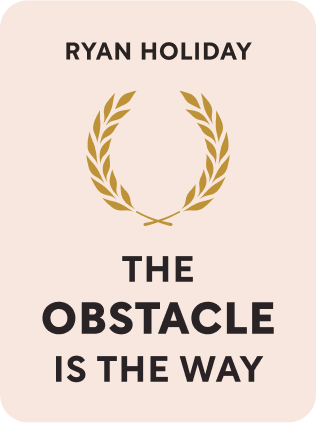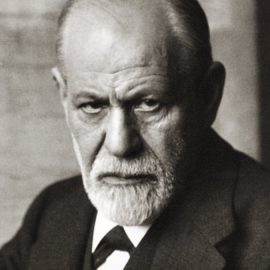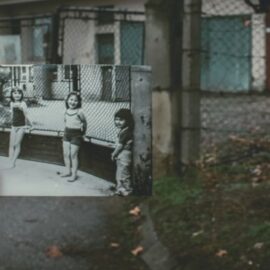

This article is an excerpt from the Shortform book guide to "The Obstacle Is The Way" by Ryan Holiday. Shortform has the world's best summaries and analyses of books you should be reading.
Like this article? Sign up for a free trial here .
What is Gary Klein’s premortem planning technique? What was his inspiration in coming up with the premortem analysis?
Gary Klein’s premortem analysis looks at what could go wrong in advance in order to prepare for or prevent problems. It’s catching on among startups and major companies, but it actually dates back to the Stoics, who called this process the “premeditation of evils.”
Read about Gary Klein’s premortem technique.
Gary Klein’s Premortem Technique: Transcending Hindsight
One way to avoid being shocked by adversity is to use a technique designed by psychologist Gary Klein called a premortem, in which you analyze what could go wrong before starting something.
It’s based on the practice of postmortems, where doctors study the causes of death in an effort to improve future patient treatment. In business or the military, this process may be called a debriefing, exit interview, or a review. The idea is to examine a situation in hindsight and learn from it.
For example, the Stoic philosopher Seneca considered potential problems before taking a trip—for instance, storms or attacks on the ship by pirates. He wrote that nothing unexpected happens to a wise man. You too should prepare for things to upset your plans. Plan out “if..then” scenarios (If this happens, I’ll do this). It’s better to be surprised that all goes well than the reverse.
Don’t get hung up on what should happen or on what you’ve earned or deserve—people and events are going to mess up your plans regardless. If you’ve anticipated the problem, you won’t be thrown off track by it, or do the wrong thing in response. Be prepared for both success and failure.
Think Premortem
While nobody likes a pessimist, the truth is that things will go wrong; it’s the only guarantee in life. Your only defense is to anticipate what could go wrong and prevent or prepare for it. To do so, think premortem.
Too few people do this and thus, they set themselves up for a fall. Many enterprises fail as a result of things that could have been prevented by thinking of potential worst-case scenarios. Many disasters happen that could have been prevented, including the tech and real estate bubbles, the collapse of Enron, the 9/11 attacks, and the invasion of Iraq.
People don’t want to think about potential catastrophe or accept that things might not go as they wish, so they refuse to make back-up plans. However, plans seldom perfectly match reality. This constantly shocks us, although it shouldn’t.
Exercise: Do a Premortem Analysis
Describe a plan you’ve made—for example, for a trip, wedding, renovation project, or a community event.
Next list everything you can think of that could disrupt your plan (such as weather, illness, or a financial emergency).
For the most likely problems, write out “if … then” scenarios (if this happens, I’ll do this). For example, if rain is forecast, we’ll move the event to the gymnasium.

———End of Preview———
Like what you just read? Read the rest of the world's best book summary and analysis of Ryan Holiday's "The Obstacle Is The Way" at Shortform .
Here's what you'll find in our full The Obstacle Is The Way summary :
- Why you should think of any obstacles as opportunities
- How Stoicism can show you the way to overcome challenges
- How Theodore Roosevelt's struggle with asthma prepared him for future struggles






